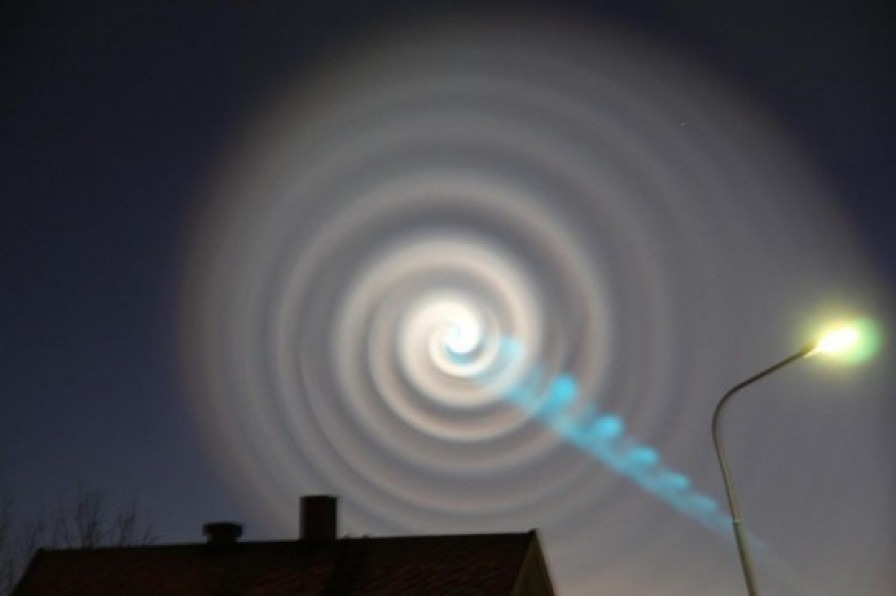patterns in nature can be transformed into music

I was recently involved in some online discussion with my good friend, Matt Allen, where we were looking at ways for young students to experiment with different notations, to explore their own ideas as they explore how and why people write down musical ideas...
I was recently involved in some online discussion with my good friend, Matt Allen, where we were looking at ways for young students to experiment with different notations, to explore their own ideas as they explore how and why people write down musical ideas...
Matt says: “Why not allow students to experiment? Why don't we let students explore the why of notation as well as the how? Surely such experiences will only help young people understand more about music and how we have stored our ideas over time? Why not let students create and develop ways to store and craft musical ideas? What's wrong with learning in this way?”
These are inspiring questions - and ones we should be addressing.
In recent iterations of the National Curriculum, students are encouraged to develop critical faculties when listening to music. Children develop critical faculties through such things as games, puzzles, problem solving, open ended inquiry, critical thinking and making order out of chaos. These are things pupils are used to doing in other curriculum areas, but not so much in music lessons. If we remain too self referential in our thinking on music education are we in danger of ignoring opportunities afforded by a bigger education perspective?
Artists, poets and musicians use their chosen art forms to explore and comment on the world around them. They look and listen closely and intently to aspects of the world in which they live, and then use their skills and intuition to reflect and express ideas and feelings that may emerge. To quote John Paynter, ‘the arts arise out of man’s need to understand himself and his environment’.
And that is exactly what we do when we make connections between sounds, symbols and anything else. “Sound before symbol” is useful mantra....until it becomes dogma, stifling other ways of thinking and exploring. 'Real' musicians have never felt so constrained. They recognise the potential in thinking of sound-symbol as a two way street, where synergies can be fruitful. Bach and Shostakovich recognise this when they start playing around with their names and initials. Maxwell Davies recognises this when he uses magic squares and number patterns. Kandinsky and Klee recognise this in their synaesthetic back and forth between music and art. Tansy Davies recognises this when she picks up on Paynter's wonderful Patterns in Nature project. She says:
“patterns in nature can be transformed into music. You could make a pitch spiral by analysing the contours of a spiral.... transferring them into a line of pitches. The start of the line might emerge as being very chromatic and the intervals could widen as the musical spiral unravels...” [BCMG, Exchanging Notes]
It is only some music educators who are not prepared to countenance this option. Note: I say some educators, not the students. When I was working with David Bedford on “The Wreck of the Titanic”, the whole project only really came alive for my year 5 class in Burnley when we started translating Morse code signals into rhythm/melody patterns. Probably one of the set of best music education lessons I have ever been involved with.
I'll leave the last word on this to John Finney, who was kind enough to add this erudite footnote to our conversation:
My understanding of a central principle of Kodaly is that the musical mind is created through the reafference of enactive, iconic and symbolic modes of representation. The principle is sound. It is the iconic mode of representation that is the critical mediator between musical experience and its representation in conventional and generalised form. Graphic notation is by definition an iconic mode of representation.
